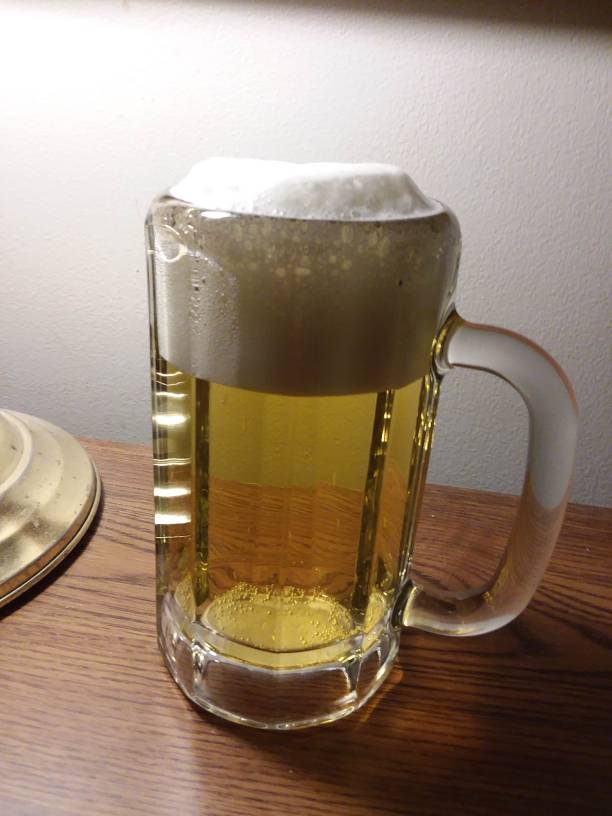The logically obtainable, and by far easiest solution is to transfer beer from your fermenter to your final package with 1% extract remaining.
Theoretically, if OG were 1.065 and FG were 1.015 (assuming there are still minute amounts of yeast in the "finished" beer), then the amount of remaing extract would be 1% if 'FG' actually continued to fall to only 1.0145. Adding a small volume of speise would ensure yeast oxygen scavenging would continue if the original yeast had become totally dormant.
How is "final" is Final Gravity, and how is it determined? Three days of consecutive 'stable' measurements? In a recent conversation with the head brewmaster of a popular local commercial brewery, he told me of an experimental pilot batch they've had fermenting since October 2018 that is still fermenting. I know my equipment and methodologies aren't capable of detecting such a subtle yet continuing fermentation.
As to the cubic volume of 20 bbl unitank being 100 fold greater than a 7 gallon one, I grasp the math and concede the point. But that also begs the question: doesn't that imply that there'd be 100x the amount of oxygen in a 100 fold greater volume? If so, that beer must be awfully stale. More to the point, how does that beer get from the 20 bbl tank into kegs for distribution without introducing even more 02?
I know I'm probably missing something here, but assuming that the 20 bbl beer and my 7 gallon beer taste good and have reasonable shelf life, I can only surmise that the volume of O2, be it gaseous or aqueous, is either being reduced/scavenged 'enough' or is not a real world problem worthy of extreme measures.
Focusing on the things we DO agree on, I fall on the side of eliminating O2 as do you. Where we seem to differ is to the degree necessary and the steps required to reach that point. I've used the "spund in serving keg" method and agree it works well. I also have several unitank fermentations with transfer to serving keg under my belt, and the results have also been equally good if not better, not simply "more expensive." I pressure transfer using fermentation CO2, not bottled gas. I fully purge my recieving keg with NaMeta and push it out with fermentation CO2. The only place I can envision any O2 incursion, even a bottle cap full, is a trace amount from the bottled CO2 from the kegerator or the lines going from keg to tap. In the short time from tap to sip I'm not too concerned with oxidation.
Again, I'm not trying to be snarky or argumentative. Quite the contrary I salute your work and experimentation as well as your passionate advocacy for low oxygen brewing. I'm open to change and willing to be the old dog learning new tricks. Notwithstanding my investment in a unitank and an assortment of accessories, I'll admit a mistake if I can be convinced. But my experiences to date (hopefully not clouded by shiny new bling) haven't brought me to that point. Yet.
Cheers for the Holidays and New Year,
Brooo Brother



![Craft A Brew - Safale S-04 Dry Yeast - Fermentis - English Ale Dry Yeast - For English and American Ales and Hard Apple Ciders - Ingredients for Home Brewing - Beer Making Supplies - [1 Pack]](https://m.media-amazon.com/images/I/41fVGNh6JfL._SL500_.jpg)






















































